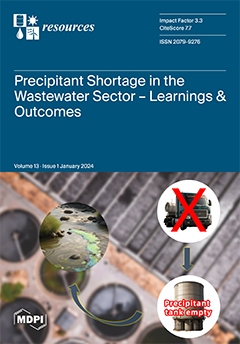Open AccessArticle
Radiometric Signatures of Gold Mineralization Zone in Pongkor, West Java, Indonesia: A Baseline for Radiometric Mapping Application on Low-Sulfidation Epithermal Deposit
by
Heri Syaeful, Roni Cahya Ciputra, Tyto Baskara Adimedha, Agus Sumaryanto, I Gde Sukadana, Frederikus Dian Indrastomo, Fadiah Pratiwi, Sucipta Sucipta, Hendra Adhi Pratama, Deni Mustika, Kurnia Setiawan Widana, Susilo Widodo, Muhammad Burhannudinnur, Ildrem Syafri and Bronto Sutopo
Cited by 4 | Viewed by 5962
Abstract
Radiometric mapping could play a prominent role in locating the host rock or alteration that leads to gold mineralization. Nevertheless, in low-sulfidation epithermal gold deposits, the radiometric signatures have to be priorly characterized due to their geometry. It is comprised of a small
[...] Read more.
Radiometric mapping could play a prominent role in locating the host rock or alteration that leads to gold mineralization. Nevertheless, in low-sulfidation epithermal gold deposits, the radiometric signatures have to be priorly characterized due to their geometry. It is comprised of a small ore vein system within the large alteration zones. The Pongkor gold mine is a low-sulfidation epithermal deposit and was selected for this purpose. The method started with the surface identification of radiometric signatures on altered and unaltered rocks near Pongkor using portable spectrometers. They are followed by the characterization of the underground mining front, which is comprised of different types of veins and host rocks. The results show that the altered rocks were characterized by a high K% and a low eTh/K ratio. Vice versa, the mineralized veins show low radioelement concentrations. Following the characterization of the geometry of alteration zones and mineralized veins, a study of the relationship between radioelements detected by radiometric mapping and gold pathfinder elements was conducted. Gold pathfinders of Mn, Fe, Zn, As, and Pb were selected for correlation studies with the radioelement. The pathfinders and radioelements were more significantly correlated in veins compared to the host rock. Based on this study, radiometric mapping has the potential and benefit of being applied in the exploration of low-sulfidation epithermal gold deposits. An alteration zone could be delineated by K or eTh/K as an anomaly indicator, and the vein bodies could also be delineated using low K or eTh as an anomaly indicator.
Full article
►▼
Show Figures





